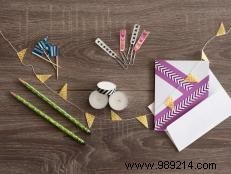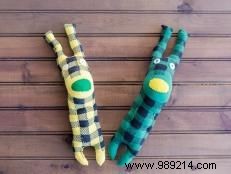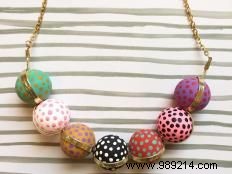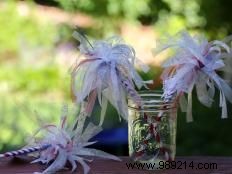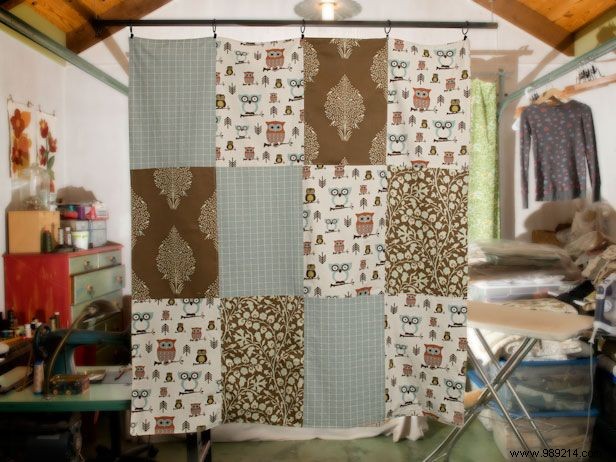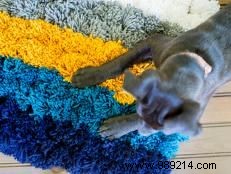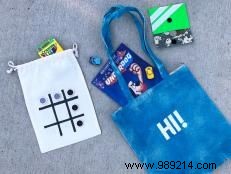
Debbie Wolfe
The Japanese philosophy of embracing imperfection is a top design trend this year. Wabi Sabi aesthetics tries to see beauty as imperfect, impermanent and incomplete. Organic, asymmetric shapes and warm, natural wood textures are some of the elements of the style. These two Wabi Sabi-inspired projects are an easy and inexpensive way to add a little stylish "imperfectness" to your home.
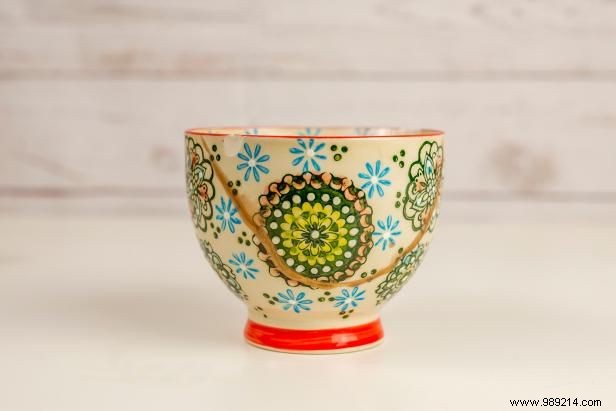
Debbie Wolfe
Kintsugi is the art of repairing broken pottery. The main philosophy of art is that breaks are part of the history of an object. The history should be highlighted not disguised or the object discarded. Instead of throwing away broken pottery, Kintsugi highlights and enhances breaks with powdered gold, silver, or platinum. The repaired piece gets a second chance and a touch of shine!
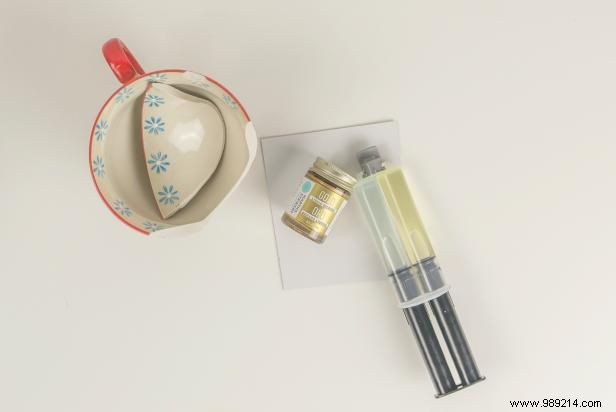
Debbie Wolfe
This technique works best with enamel paint or mica powders. You can even use eyeshadow.

Debbie Wolfe
Squeeze approximately one ounce of two-part epoxy resin onto a spare piece of cardboard in a well-ventilated area.
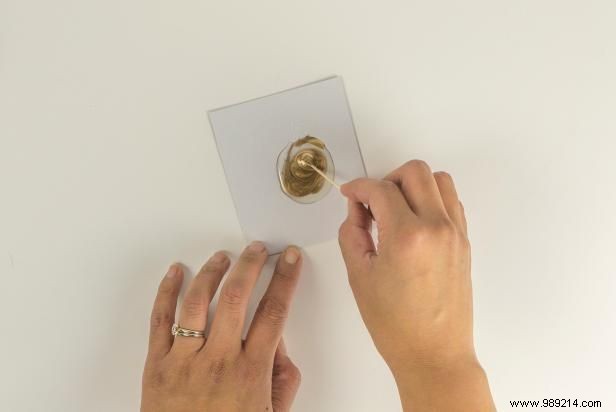
Debbie Wolfe
Add some gold enamel paint or mica powder to the epoxy. You don't need a lot of color. Use a toothpick to add a dot of color or two and blend for 60 seconds.
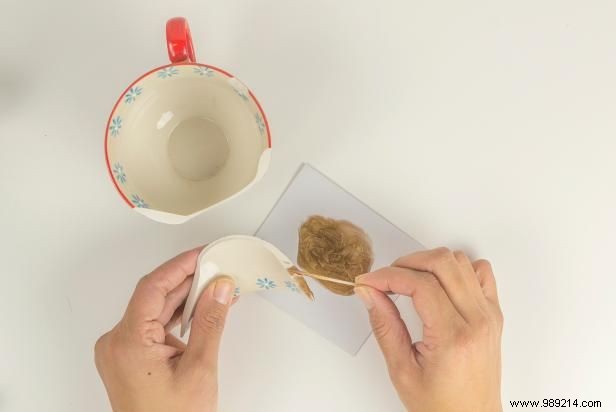
Debbie Wolfe
Apply the tinted epoxy resin to the ceramic fragment. A little goes a long way, so don't use too much.
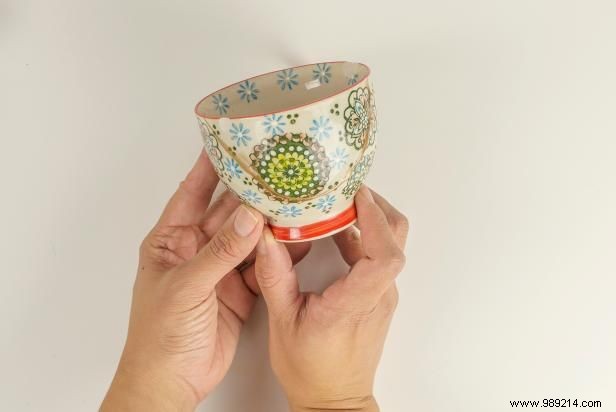
Debbie Wolfe
Put the broken shard piece back into the broken pottery body. Let some of the epoxy come out between the cracks. The epoxy needs to cure for 24 hours. Once cured, the epoxy is food safe.
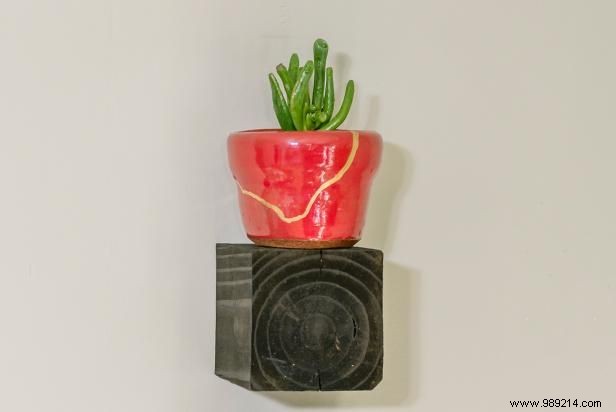
Debbie Wolfe
Show off some of your Kintsugi art on these organic shelves.
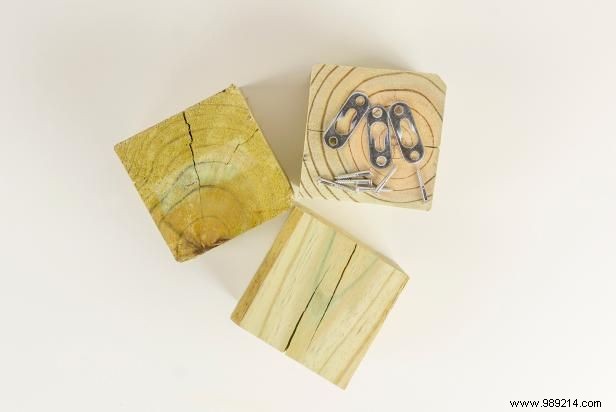
Debbie Wolfe
These square blocks were cut from a scrap 4x4 piece. The more cracks and dents in the wood, the better!
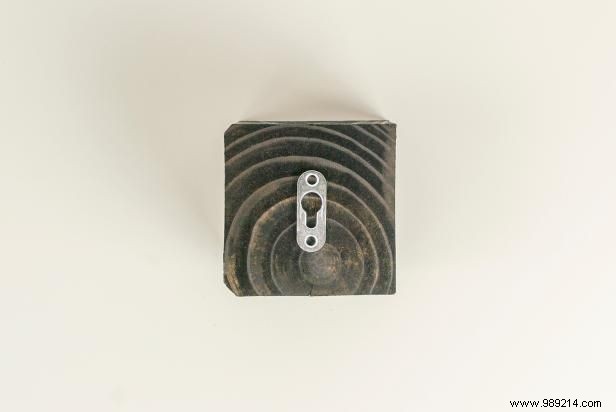
Debbie Wolfe
Paint or stain your wooden pieces. Find the center of one face of the block of wood and center the lock hanger.
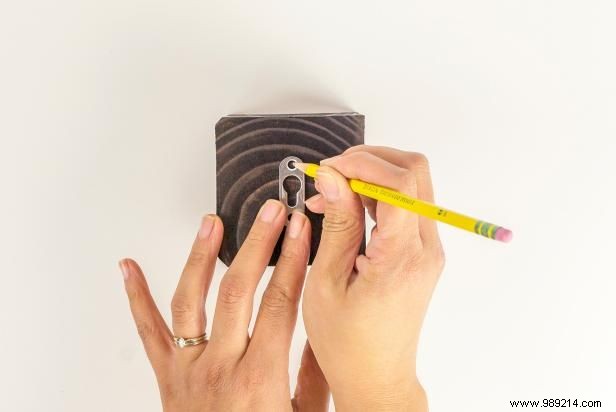
Debbie Wolfe
Mark the top and bottom of the keyhole hanger. Drill pilot holes where you marked them.
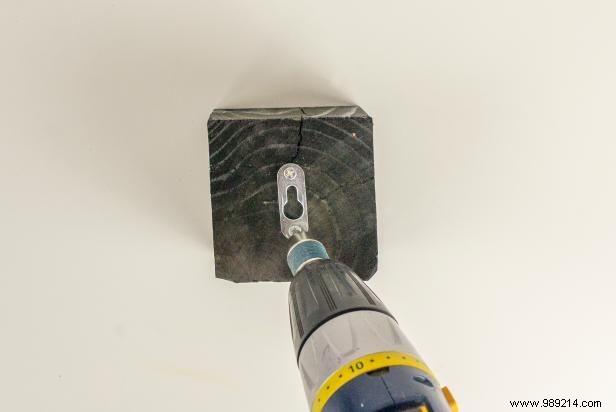
Debbie Wolfe
Put the lock screw into the holes and secure the screws into the drill.
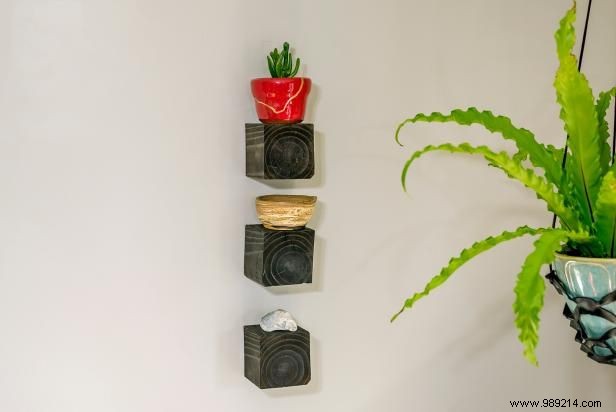
Debbie Wolfe
When hanging the blocks, secure them to the wall with a drywall anchor or a flat-head nail embedded in a stud.
Keep reading